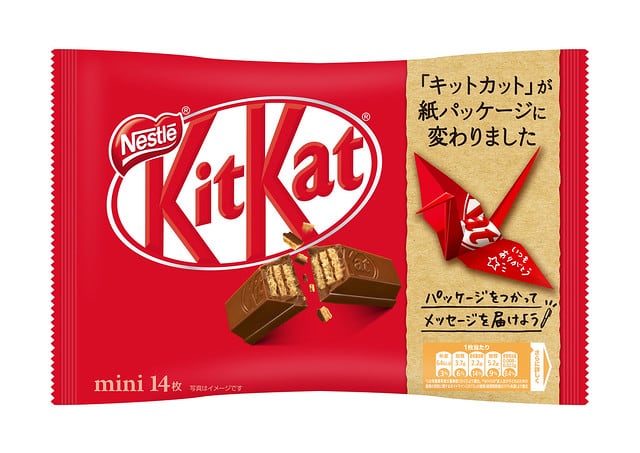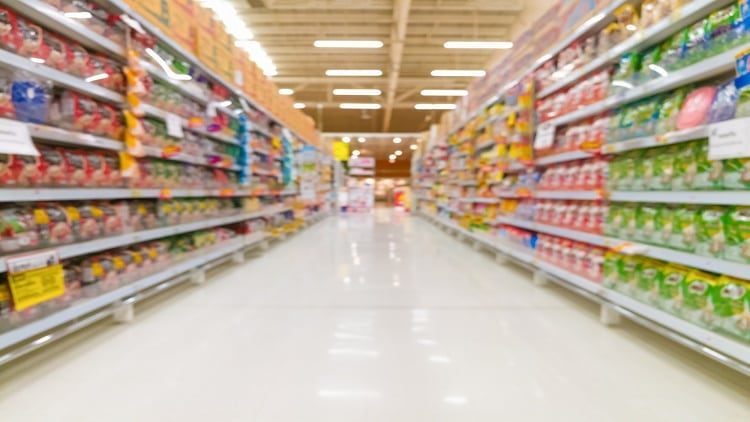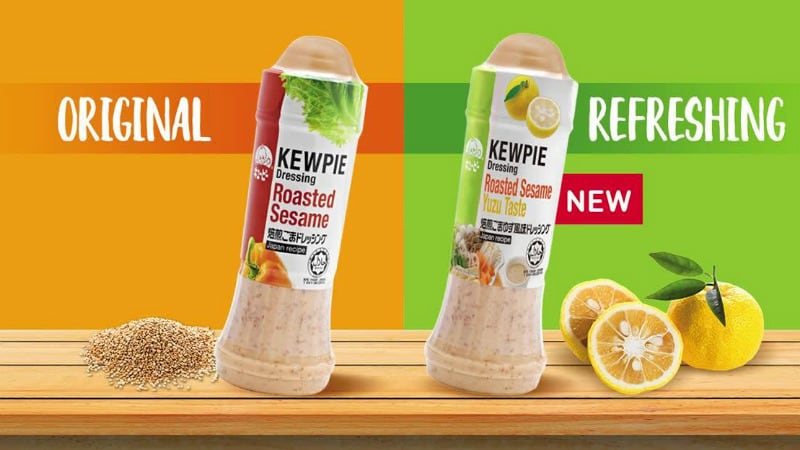The 10 new standards were enforced in April 2015 by the Consumers Affairs Agency in Japan for the labelling of processed foods and additives for consumers.
Food firms were encouraged to implement the changes as quickly as possible, with a final cut-off date of March 31, 2020. But Hiroyuki Kawai, CEO of Label Bank, a company specialising in food labelling regulations told FoodNavigator-Asia: “We estimate around 80% of total food products have followed the new food labelling standards.”
“However, it varies depending on the type of product and companies selling those goods, as these parameters will often determinate how hard it is to update the labels.”
Standard struggles
Among the 10 standards, three appeared to prove challenging for manufacturers, he explained.
“One, the now-mandatory nutrition facts labelling will be challenging for small-scale companies, because of the efforts required to analyse and calculate nutrients values.
“Two, fabless manufacturers will struggle with the new system of Manufacturer Identification Codes, as they are often reluctant to display the name and address of the manufacturer.
“Three, large companies have to put in extra efforts to follow the "COOL" [origin of ingredients] labelling system launched in September 2017. They often use large quantities of ingredients and additives, which makes their tracking a managing nightmare.”
Hiroyuki said confectionery and foods sold as souvenirs or homecoming gifts were typically the slowest category to update their labelling.
“The new standards require them to display the manufacturing place or factory. But the makers of such foods are often small-scale companies, who are also not used to labelling the nutrition facts table, as required now.”
He estimated it would take six months or more for manufacturers to meet the standards, with the nutritional claims analysis often the cause of additional delays.
On the label
For foreign companies looking to bring their products into the Japanese market, Hiroyuki said it was important to take note of the labelling of allergens, additives, and nutrition facts.
Foreign importers labelling nuts allergens together under "tree nuts" for instance, need to be aware of Japan’s specific labelling rules (e.g. cashew, walnuts are considered separately).
Another mandatory requirement is the nutrition facts panel, which includes information on energy, protein, fat, carbohydrate. There were also some changes in the way certain micronutrients are labelled, for example, sodium is now written as “salt equivalent”.
Hiroyuki said because additives now need to be labelled separately from the food ingredients, consumers can now easily judge from the labelling alone.
“The use of claims related to additives, for instance, no preservative used, should now be dealt with an (even more) careful manner by businesses.”
He added, “It is clear that food companies now need to gather sufficient evidence and documentation before making any claims.”
“Failing to do so will likely result in any inconsistency being pointed out by their customers, with detrimental effects to be expected in terms of public image on this major market.”
Exporting into Japanese market
Hiroyuki pointed out, “Japan’s regulations are not perfectly aligned with international standards such as Codex Alimentarius, so importers aiming at the Japanese market should double-check their standards of use for additives and flavouring etc.”
Cesare Varallo, food lawyer and managing partner of Foodlawlatest.com also told FoodNavigator-Asia: “The Japan law is still not 100% coherent with the international standards, therefore foreign exporters might be obliged to reformulate their own products to comply with local legislation.
“It should be managed in an early stage of the export project, otherwise could create huge delays in the process.”
Varallo added, “From an exporter perspective, we also have to take into account translation issues.”
“For instance, it is complex to communicate the same concepts using different writing systems, especially for China and Japan, where a literal translation of elements like the brand or marketing information is not always feasible.
“Without the proper expertise, it is easy to create misunderstandings and pass on wrong concepts to consumers.”




